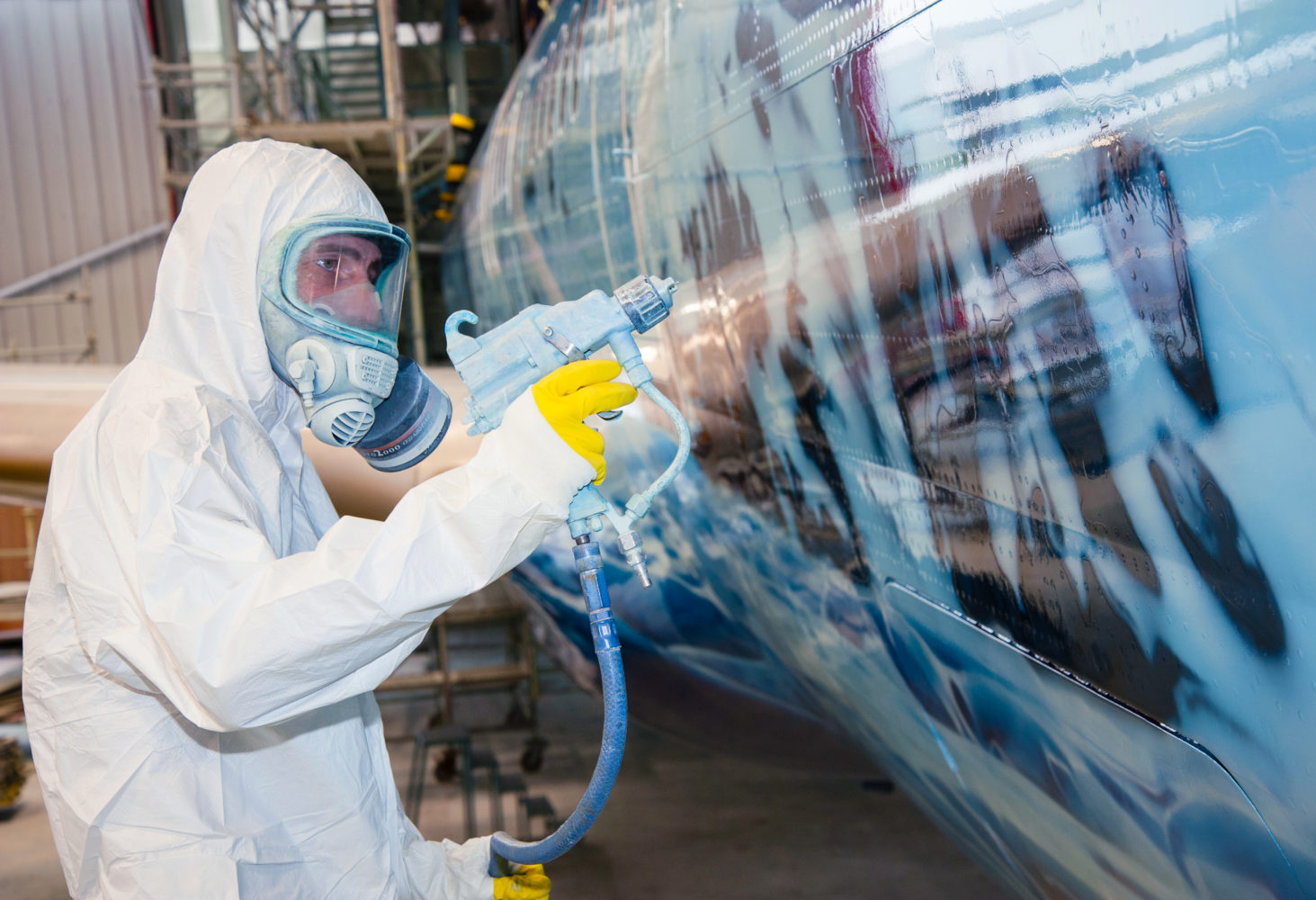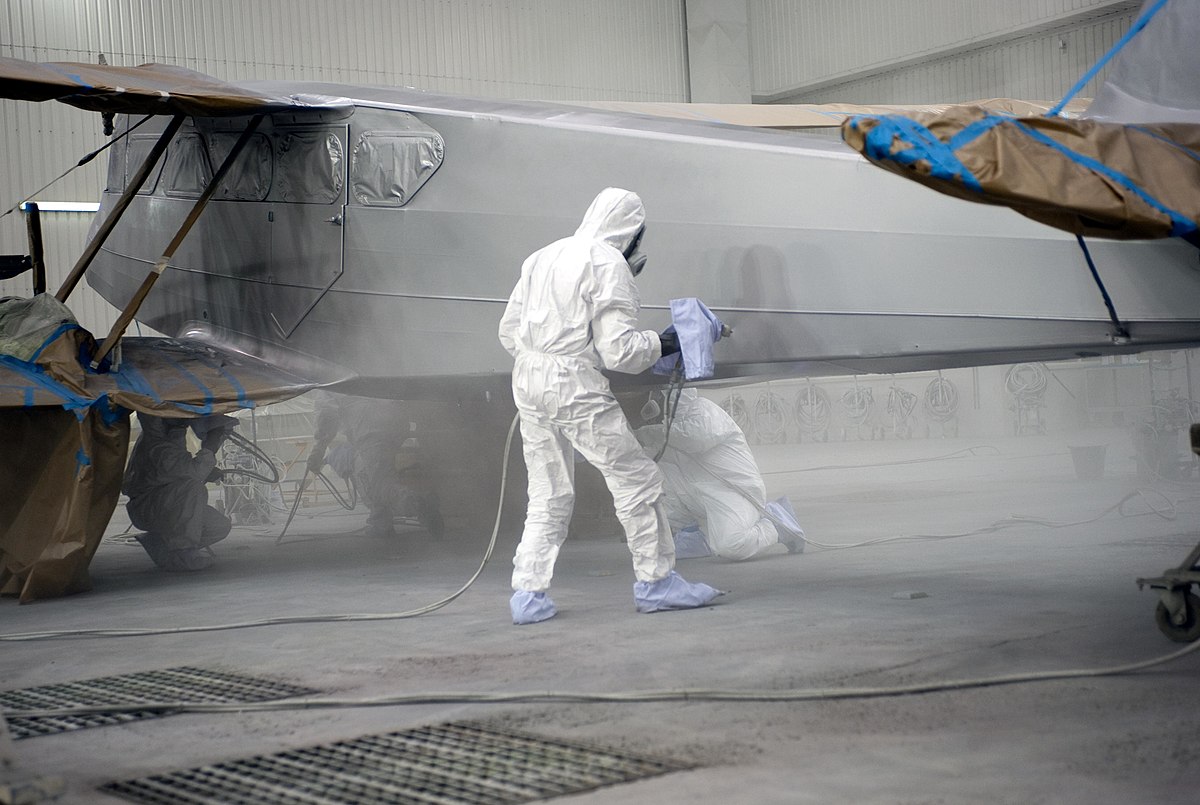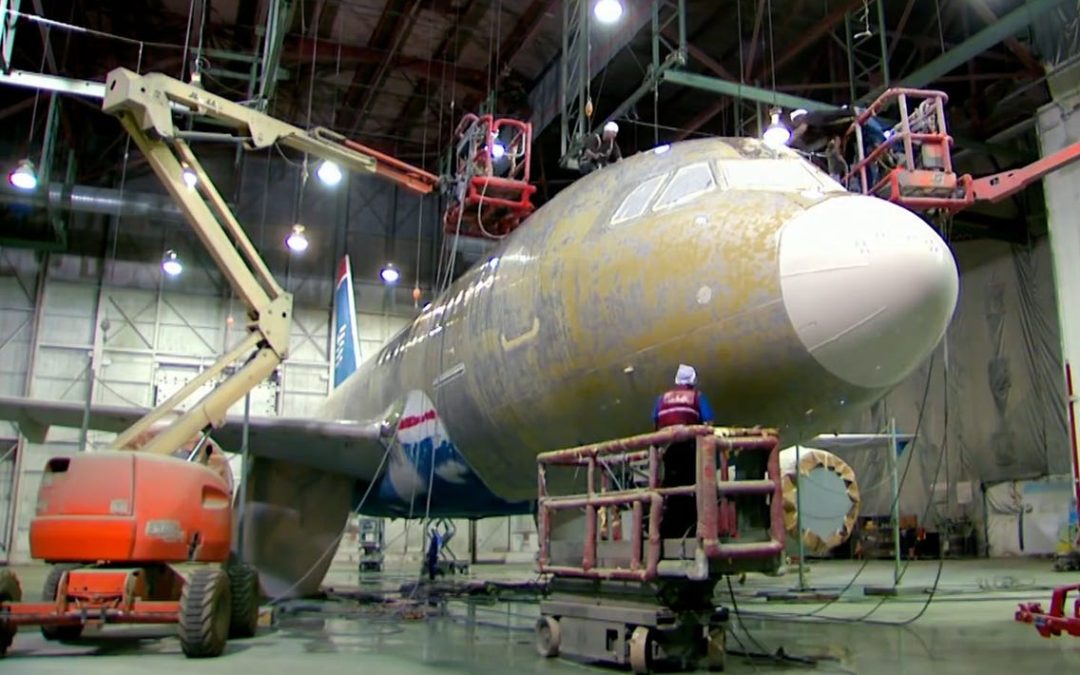Ensuring the quality and durability of aircraft paint is critical for both aesthetic and functional reasons. However, overcoming the challenges in high-speed aircraft paint inspection requires advanced technology, precision, and expertise. This article delves into the various difficulties faced in this process and how innovative solutions are making a tremendous impact in the field.

Introduction
The aviation industry is constantly striving for excellence. One of the important facets of maintaining aircraft is the high-speed paint inspection process. With the advent of new technologies, ensuring the quality of aircraft paint has become both a challenge and an opportunity for growth.
Why Paint Inspection is Crucial?
Functional Aspects
Aircraft paint serves more than just an aesthetic purpose. It protects the aircraft body from harsh environmental conditions, corrosion, and other physical damages. A thorough inspection ensures that the paint adheres well and maintains its protective properties.
Aesthetic Value
First impressions matter. The visual appeal of an aircraft can influence customer perceptions and brand reputation. Regular inspections help maintain a pristine look, which is vital for airline companies.
Challenges in High-Speed Inspection
Speed Vs Accuracy
One of the primary challenges is balancing speed and accuracy. High-speed inspections are necessary for efficiency, but ensuring detailed and precise results at such speeds can be difficult.
Technological Limitations
Though technology has advanced, there still exist limitations. Some high-speed inspection tools may not detect minute flaws that could potentially become significant issues.
Human Error
While automation plays a significant role, human oversight is still necessary. However, human error can lead to inconsistencies in the inspection process.
Innovative Solutions
Advanced Imaging Systems
Advanced imaging systems offer high-resolution images that can detect even the smallest defects. These systems can scan large areas quickly, ensuring both speed and accuracy.
Automated Inspection Tools
Tools such as robotic arms and drones equipped with sensors can perform inspections without human intervention, reducing the scope for error. These automated systems can work continuously, enhancing efficiency.
Implementation of AI in Inspection
Artificial Intelligence (AI) can analyze vast amounts of data swiftly and accurately. AI algorithms can identify patterns and anomalies that may not be visible to the human eye. This technology is revolutionizing the high-speed aircraft paint inspection process.
Case Study: Successful Implementation
An airline company recently implemented advanced robotic systems for their paint inspection process. The results were a significant reduction in inspection time and improved accuracy, leading to enhanced safety and customer satisfaction.
Future Trends in Aircraft Paint Inspection
Use of Drones
Drones are increasingly being used for paint inspections. Equipped with high-resolution cameras, they can access areas that are difficult for humans to reach.
Predictive Maintenance
Predictive maintenance uses data analytics to predict potential issues before they occur. This proactive approach can save time and resources in the long run.
Conclusion
In conclusion, overcoming the challenges in high-speed aircraft paint inspection is essential for maintaining the quality, safety, and aesthetic appeal of aircraft. With the integration of advanced technologies and innovative solutions, the industry can achieve tremendous improvements in efficiency and accuracy.
FAQs
What are the common defects found in aircraft paint during inspection?
Common defects include cracks, fading, blisters, and areas where the paint has not adhered properly.
How often should aircraft paint inspections be conducted?
Inspections are typically conducted after any repainting job and during regular maintenance checks. The frequency can vary based on the aircraft’s usage and environmental exposure.
Are there any regulations governing aircraft paint inspection?
Yes, various aviation authorities have specific regulations and standards that must be followed to ensure safety and compliance.

Related Links
For more information on high-speed genetic analysis and monitoring, visit here. Learn about semiconductor manufacturing inspection here. Find out the primary purpose of the tachometer here. Explore high-speed wafer polishing inspection here.
External Link: Learn more about how aircraft are painted here.
